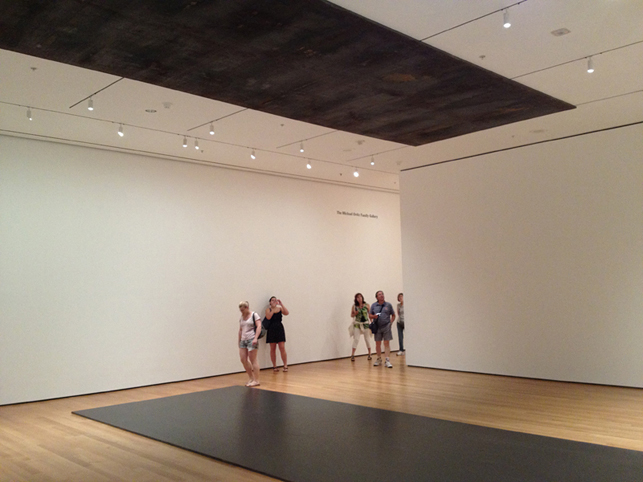New York Magazine profiles generation twenty something in a recent issue – crediting a can do response to the economic downturn. As the story goes, well nurtured kids can beat a bleak economy. The furniture maker here, Devi Rawls, may have it as tough as many – expanded overhead, squeezed profits and no benefits. But despite it all, American woodworking, about the most long standing trades across the land, is growing.
“We work to become, not to acquire.” – Elbert Bubbard (1856-1915) American Philosopher and Writer




